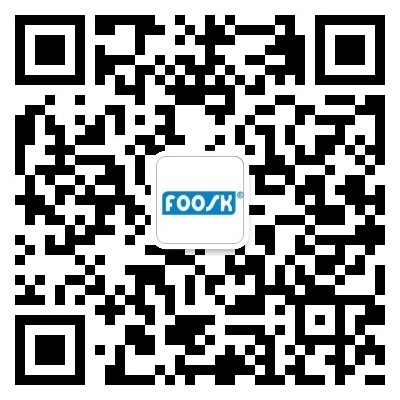[ BACK LIST ]
July 27, 2017, the EU Official Gazette issued a committee decision (EU) 2017/1392, the original EU textile eco-labeling standards 2014/350 / EU to amend the export of EU eco-textile certification should pay attention.
The resolution 2014/350 / EU was issued by the European Union on June 13, 2014, which sets out the ecological standards for EU environmental labeling labeling for textiles, which defines the scope of textiles and provides for the limited use of hazardous chemicals. Out of the REACH regulations list of substances in the list of high concern, and clear the textile production and processing of various processes should comply with the environmental guidelines.
This amendment is subject to a number of amendments to Resolution 2014/350 / EU and its annexes, the most important of which is the extension of the validity period for the certification of textile eco-labeling, which is extended from June 2018 to 78 months from the date of adoption of the resolution Inside, that is, January 2024. In addition, the amendments include: the revision of the resolution applicable to the definition of a variety of textile fibers, so that semi-made textiles have the opportunity to obtain eco-label certification. Amendments to Annex 14 (b) (iv) relating to restrictions on the use of watertight, dustproof and stain resistant treatment in accordance with similar provisions for footwear and furniture products. Add cleaners to the list of Annex 1 EU Eco Textiles Restricted Substances. Revised textile dyeing fastness standards.
"EU Eco-label" (EU Eco-label) is the EU in 1992 introduced a voluntary marking system, manufacturers in line with the relevant standards of product labeling, indicating that its products can reduce the impact on the ecological environment. Eco-label application price is very expensive, the application standard is more stringent. Enterprises to obtain eco-label, not only help to improve product quality and win a wider customer base, but also get the best-selling products, "Big Europe" pass, because the certification of eco-label than the EU more stringent regulations, the EU The eco-labels have been recognized in their existing 25 member countries and in other countries in the European Economic Area.
With the concept of green life more and more popular, more and more textile exporters actively eco-textile certification, the EU in the field of textile applications are the most widely "green" label, the EU eco-label (Eco- Label) and OEKO-TEX standard 100. The former standards related to textile raw materials, production, product itself and durability and other aspects, the latter mainly concerned about the textile itself. The former demand more stringent than the latter. From the current development trend, the former development is relatively slow, the latter is a large number of all over the world. Other textile "green" labels on the EU market, such as the Nordic Swan logo and the Dutch environmental label, are mainly regional, influential and far less Eco-label and OEKO-TEX standard 100. Relative to the developed countries, China's eco-textile technical requirements are relatively low. The existing "eco-textile technical requirements" (GB / T 18885-2009) since January 1, 2010 implementation of nearly 8 years, has not been revised, and Eco-label every 3 to 5 years will be added and modified, OEKO- TEX standard 100 is revised every year, so China's eco-textile standards, toxic and hazardous substances such as formaldehyde, heavy metal lead, cadmium, o-phenylene dibasic acid ester and other indicators have lagged far behind the EU's eco-textile standards, and the gap also In the gradual increase in our standards did not meet the EU part of the ecological standards will become my textile export barriers.
Inspection and Quarantine departments to remind enterprises to apply for eco-labeling certification: pay close attention to international eco-textile laws and regulations. At the same time vigorously carry out technology research and development, to seek "green" technology and relatively environmentally friendly raw materials, to the most stringent international standards in line, reduce toxic and hazardous substances exceeded the risk.







